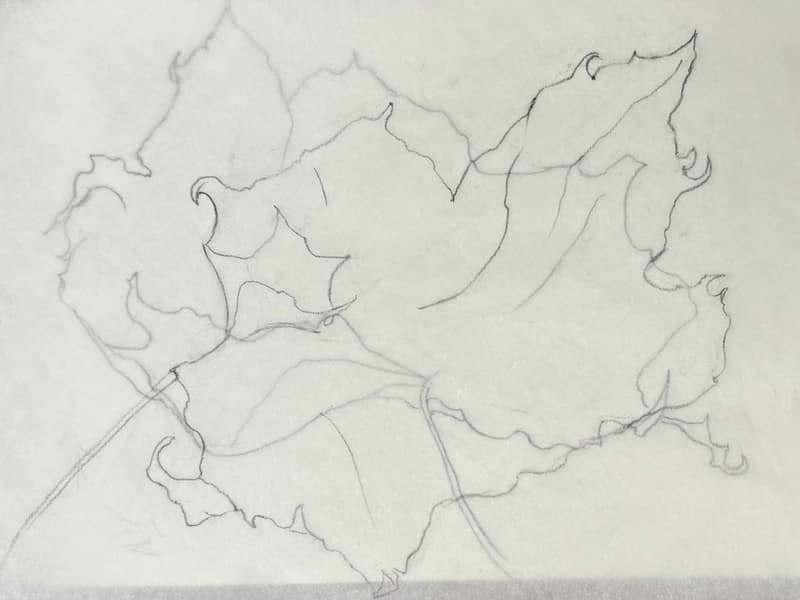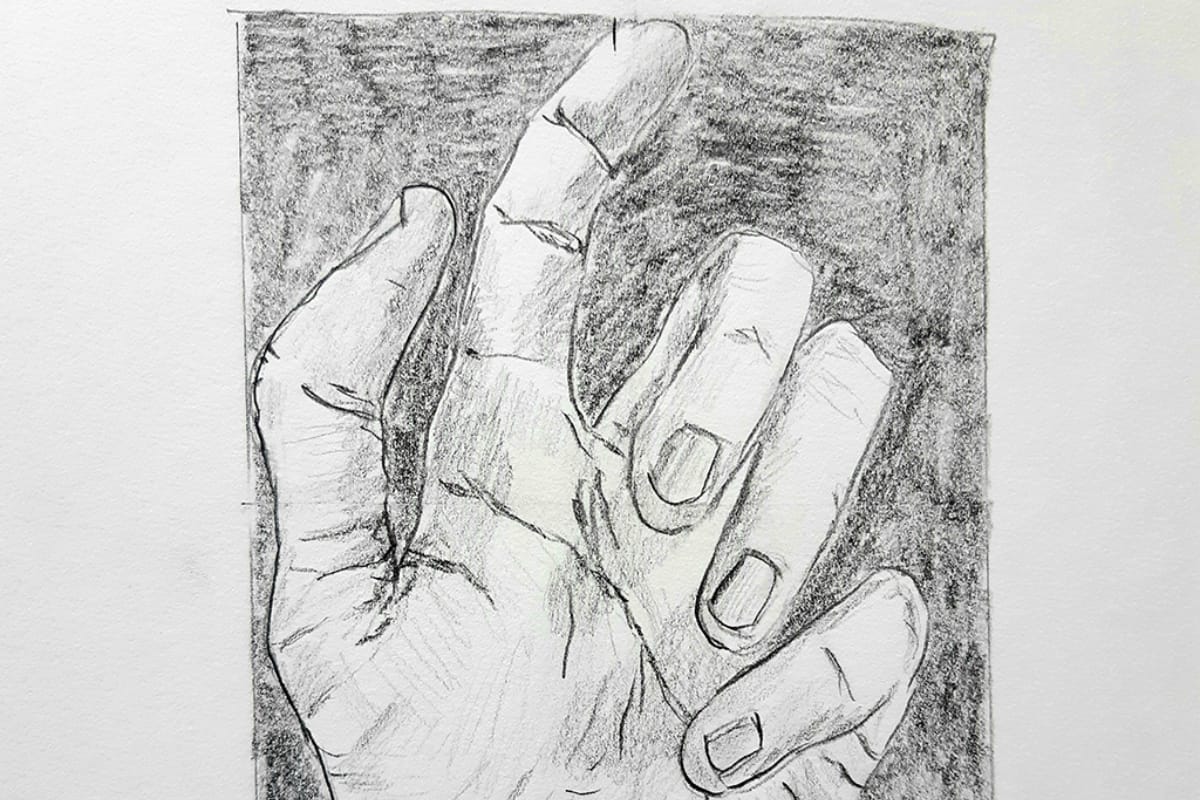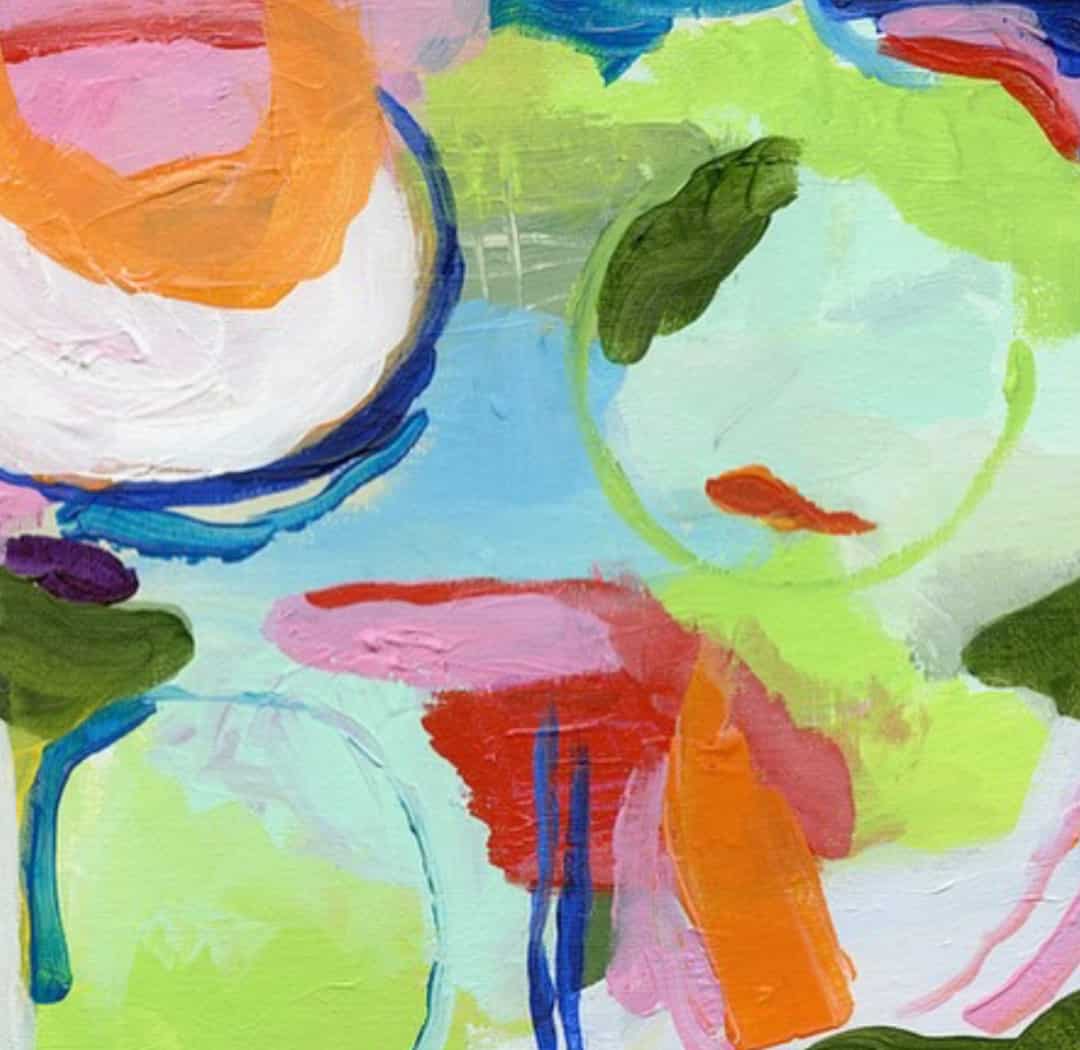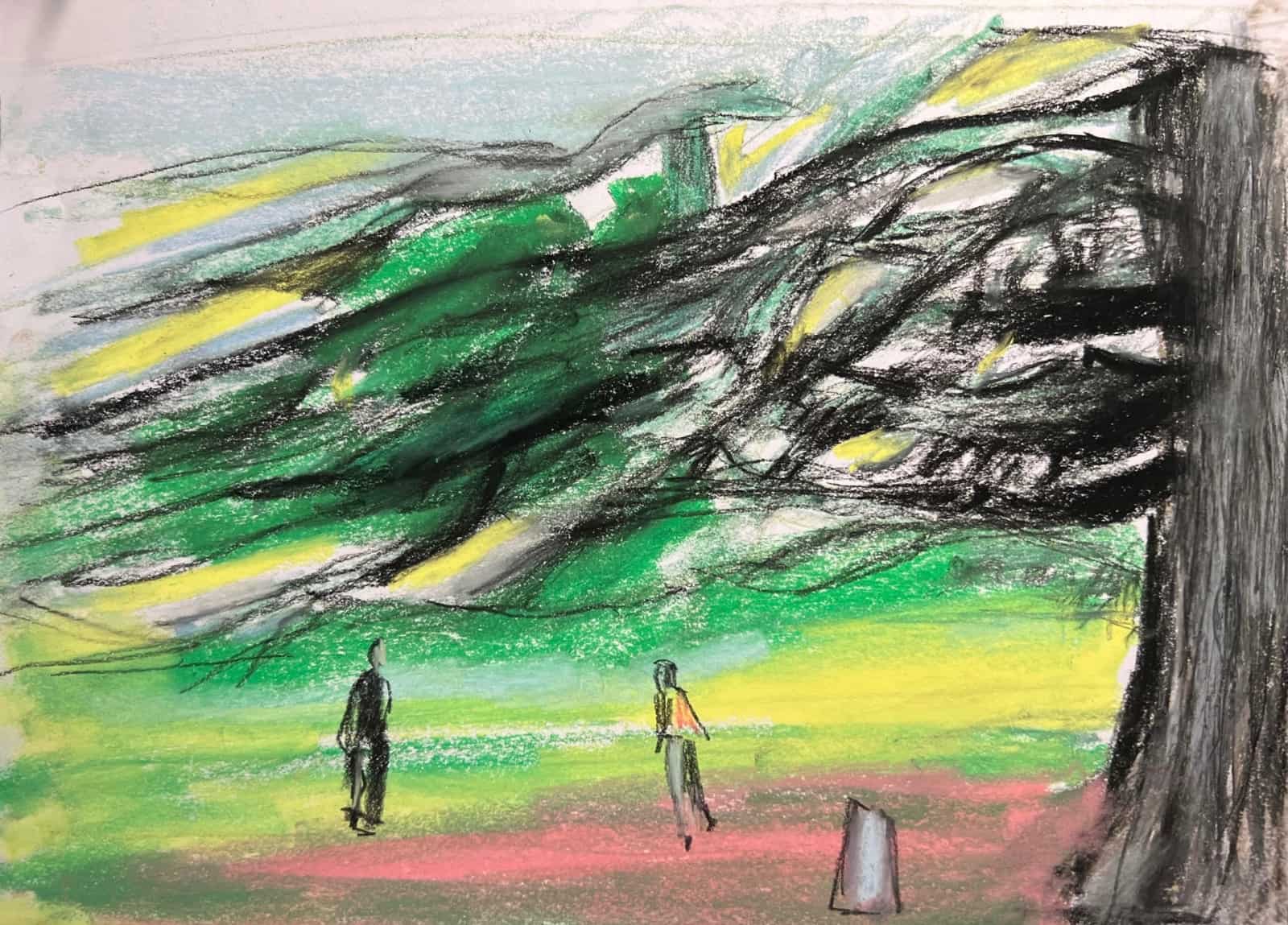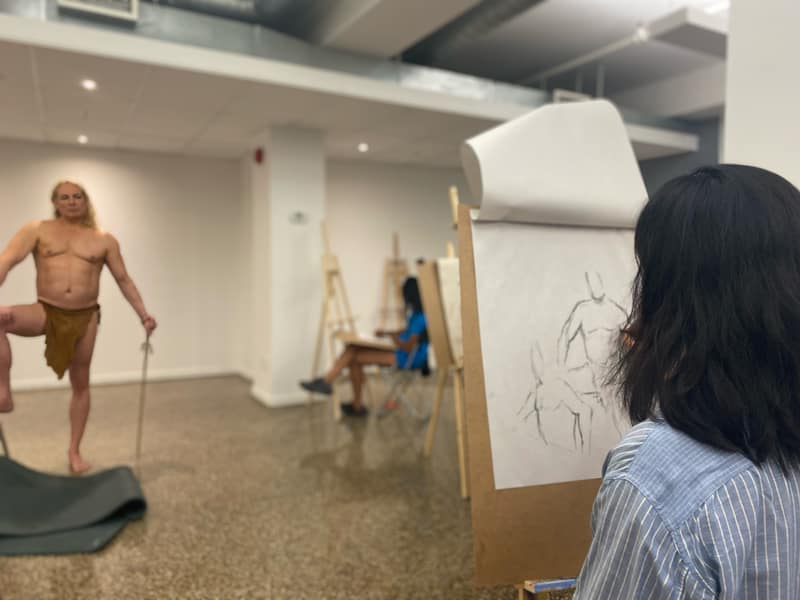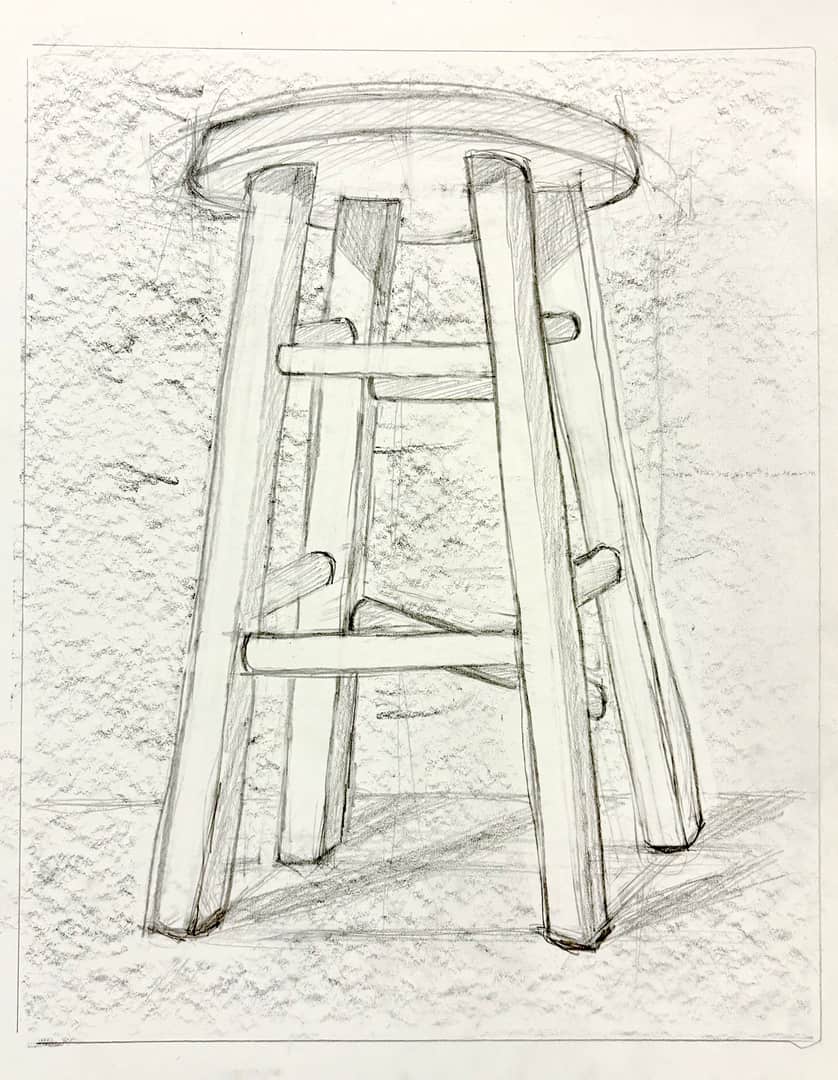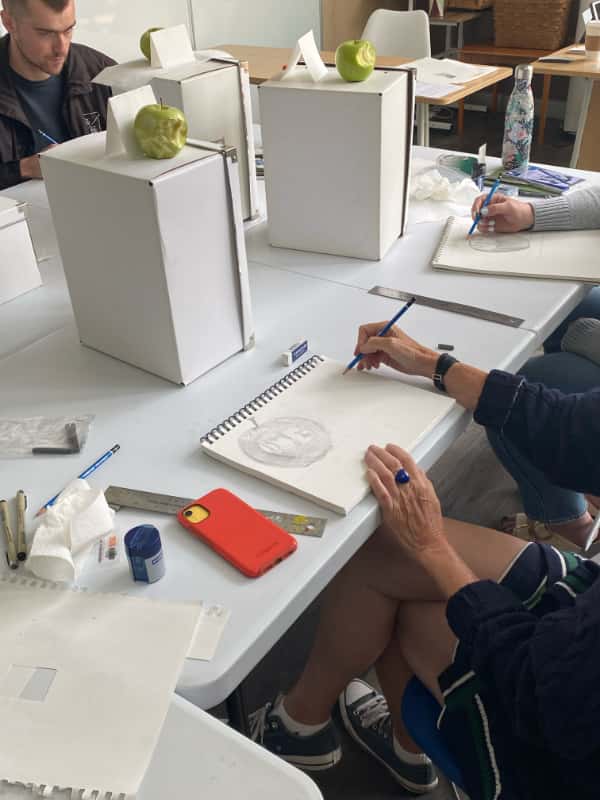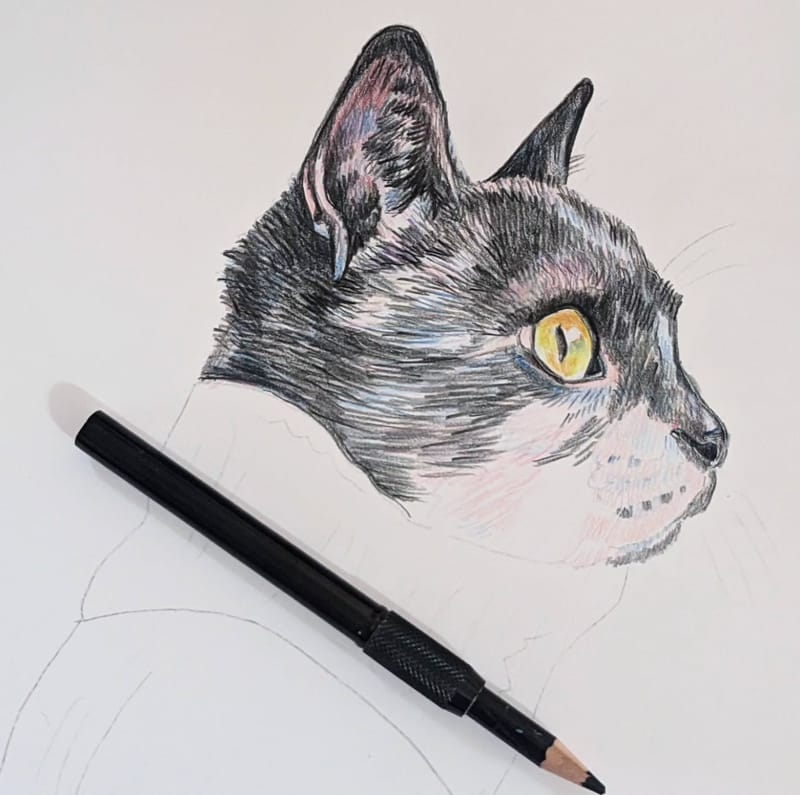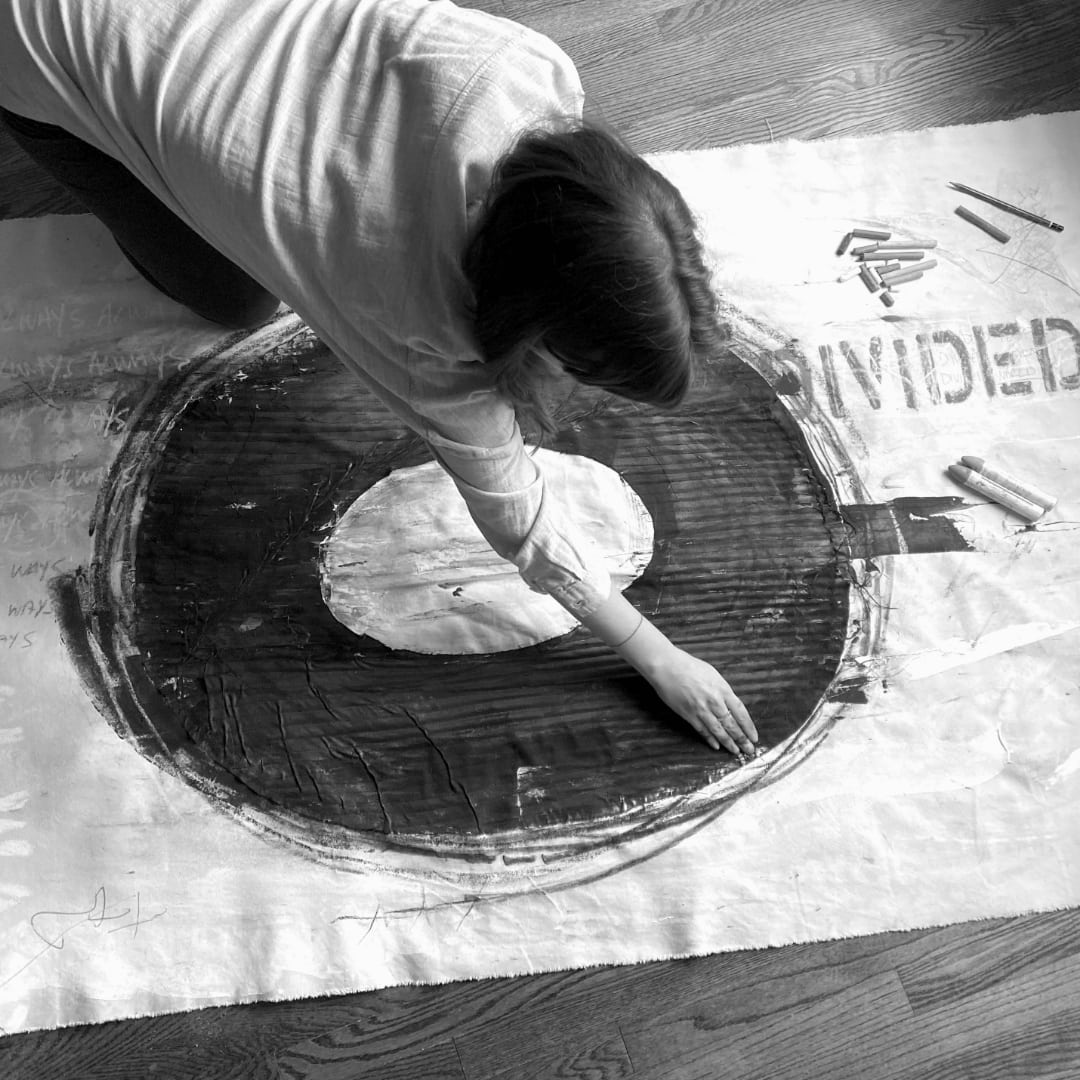Drawing Beyond Basics: Experimental Approach
Join Rose Montgomery-Whicher for “Drawing Beyond Basics: Experimental Approaches” designed for those who’ve completed “Drawing for Beginners” or have some prior experience and are looking to expand their practice beyond the conventions of representational drawing.This course extends your foundational knowledge by inviting you to begin each drawing session with the question, “what if…?” exploring new ways to use familiar drawing media, experimenting with unconventional drawing tools, using all your senses, incorporating elements of time and chance, and drawing from moving as well as still subjects.
You will broaden your repertoire of approaches to drawing, as well as potential subjects for drawing.You will learn how to make—and break—rules for drawing.You will learn new ways to use drawing to record and express personal experiences. You will challenge your abilities and push your artistic boundaries.
Each class will invite you to engage in the serious play that characterizes creative work, within an encouraging, inclusive atmosphere. The course will introduce you to the work of twentieth century and contemporary artists who have expanded the scope of drawing. You’ll learn about composition and how drawing can serve as preparation for painting. By the course’s end, you will have opened up exciting new avenues for your drawing practice in a supportive and dynamic learning environment.
- Develop an expanded repertoire of drawing techniques, tools, subjects, and approaches.
- Utilize a variety of dry and wet drawing media effectively and creatively
- Cultivate drawing as a tool for personal expression and recording experience.
- Mixed Media paper that is at least 11 x 14 inches, and fairly heavy=“90 lbs” or more.
- Pencil sharpener and something to catch the sharpenings
- White eraser
- Kneaded eraser
- Water-soluble graphite stick such as a chunky crayon shaped Lyra stick.
- Very fine pen with permanent black ink, such as Sakura Pigma Micron or Staedtler Pigment Liner 0.3 or 0.5 or an Extra-Fine Sharpie.
- A variety of “B” (soft) pencils. Staedtler Mars Lumograph pencils are especially nice. Faber-Castell and Derwent are also good brands.
- Willow charcoal
- India ink, a small bottle
- A metal jar lid or low tin (to pour a small amount of ink into)
- Some twigs gathered outdoors of varying widths (to draw with)
- Containers for water
- Rags OR paper towels
- A Chinese calligraphy brush OR a round (6 or 8 size) brush that you already have and don’t mind staining with black ink.
Optional:
- inexpensive large paper for quick drawing exercises
- A pad of Strathmore Paper for Charcoal
- Heavy, large watercolour paper
This course is not currently scheduled. Please check back for future dates or browse our other available programs.
You Might Also Like...
-
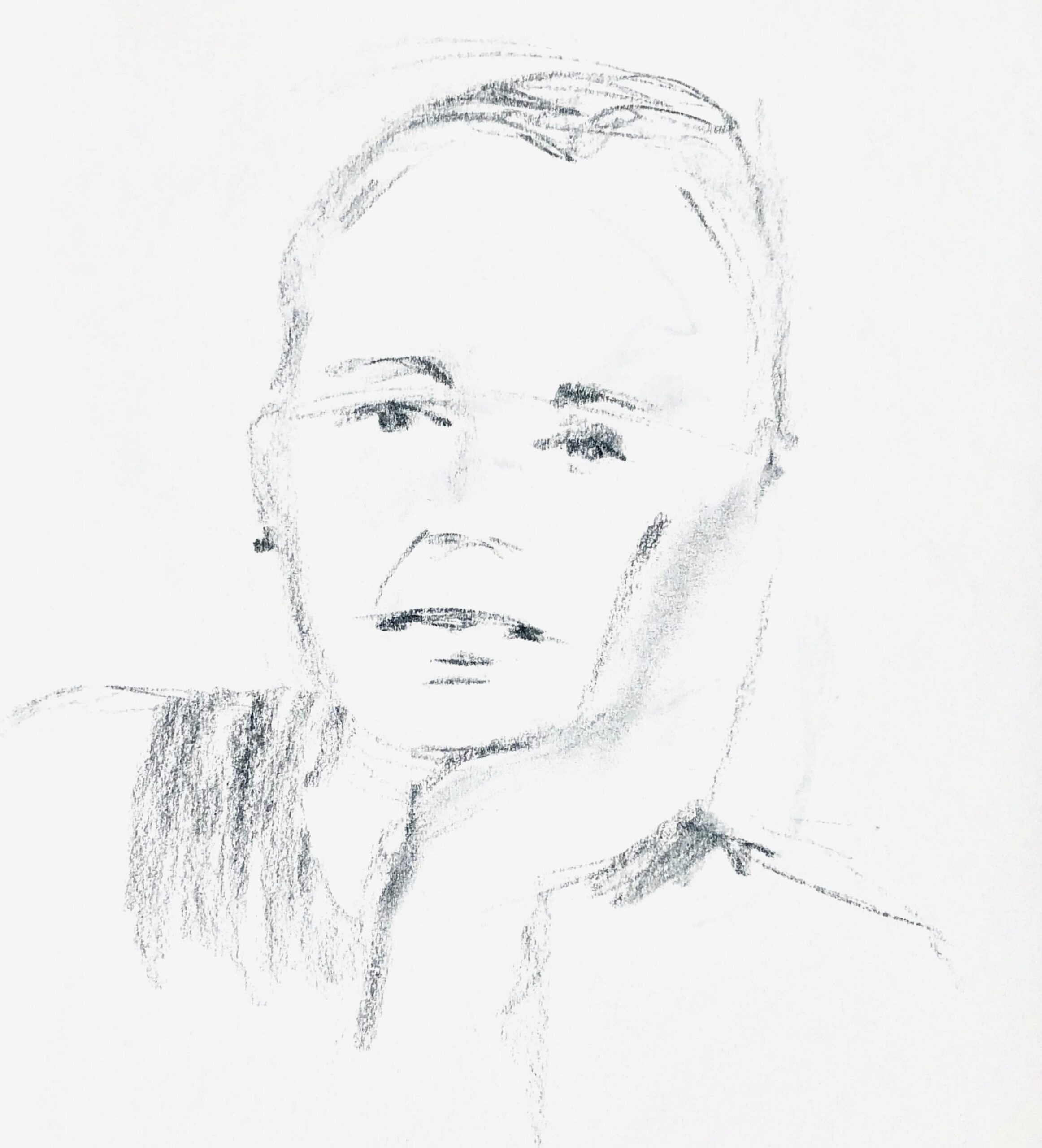 Thursdays, March 5 - March 266:45 - 8:45pm
Thursdays, March 5 - March 266:45 - 8:45pm -
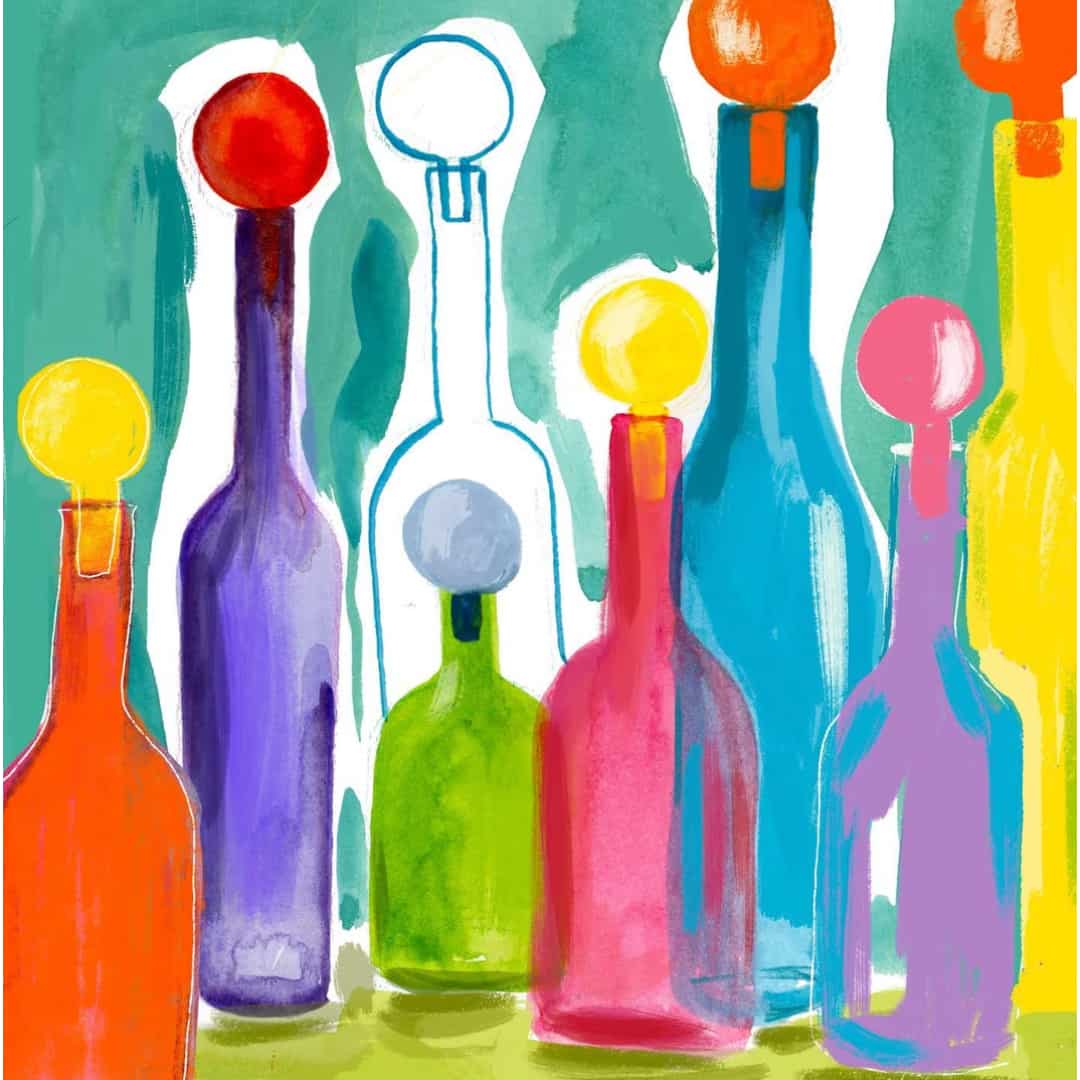 Saturdays, February 28 - April 410am - 12:30pm
Saturdays, February 28 - April 410am - 12:30pm -
 Thursdays, February 5 - February 266:45 - 8:45pm
Thursdays, February 5 - February 266:45 - 8:45pm -
 Thursdays, January 8 - January 296:45 - 8:45pm
Thursdays, January 8 - January 296:45 - 8:45pm

